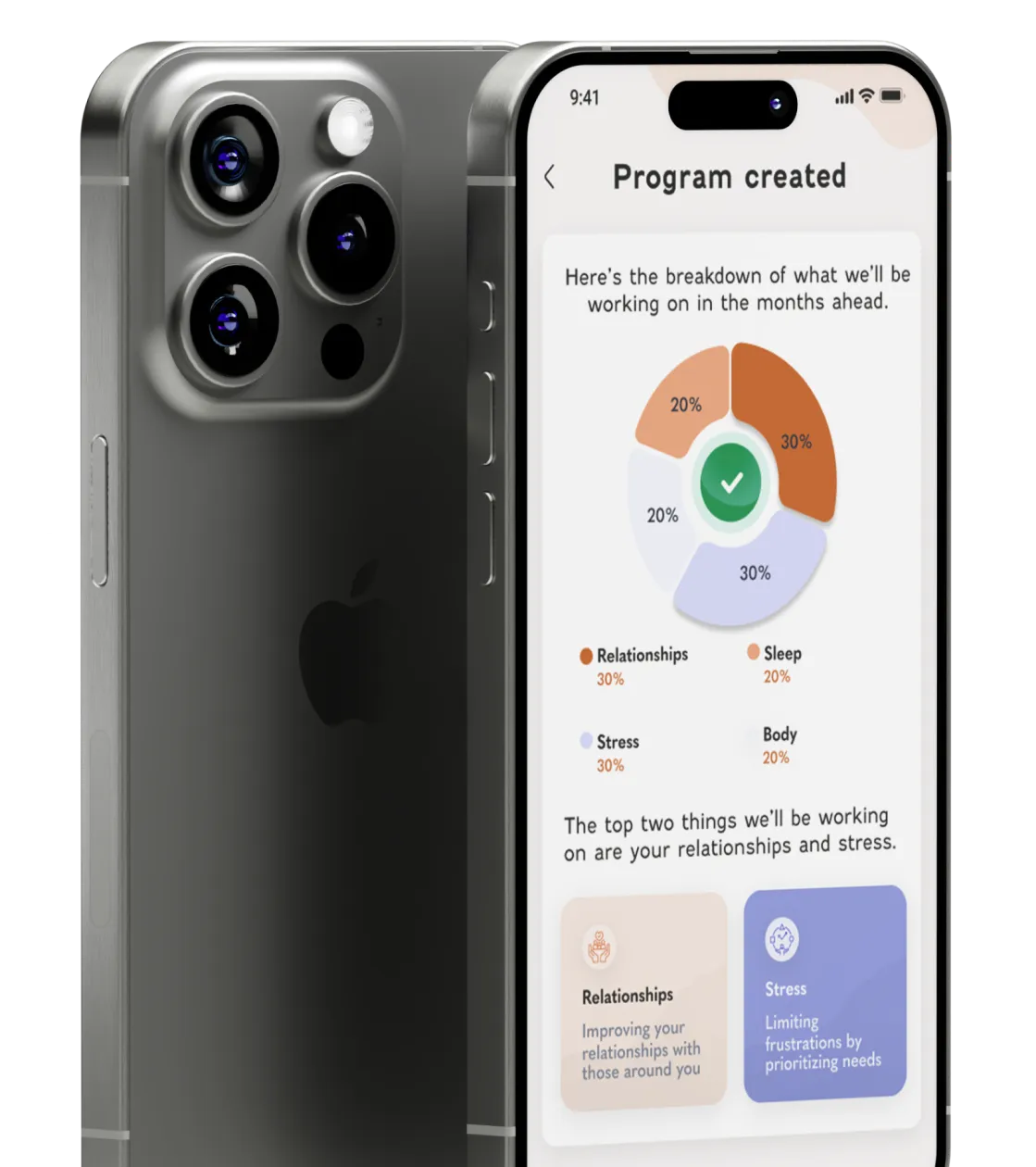What is Supabase and how does it compare to Firebase?
Supabase is an open-source Firebase alternative that provides a suite of tools for building modern applications. While both platforms offer similar core features—database, authentication, storage, and real-time capabilities—there are significant differences in their implementation. Supabase is built on PostgreSQL, a powerful, mature relational database with advanced features like foreign key relationships, complex queries, and JSON support. Firebase, in contrast, uses a NoSQL document database. Supabase generates RESTful APIs automatically from your database schema, while maintaining the flexibility of SQL. Another key difference is that Supabase is fully open-source, allowing for self-hosting and avoiding vendor lock-in, whereas Firebase is a proprietary Google product. Supabase emphasizes SQL and relational data modeling, which can be beneficial for applications with complex data relationships or those requiring advanced query capabilities. For developers comfortable with SQL and PostgreSQL, Supabase often provides a more familiar and flexible development experience while offering similar convenience and real-time capabilities to Firebase.
How does Supabase handle authentication and security?
Supabase provides a comprehensive authentication and security system built on industry standards. The authentication system supports multiple sign-in methods including email/password, magic links, phone authentication, and OAuth providers (Google, Facebook, GitHub, etc.). Security is implemented through PostgreSQL's row-level security (RLS) policies, which allow for granular access control at the database level. These policies can restrict data access based on user roles, attributes, or any custom conditions. Supabase also offers JWT (JSON Web Token) authentication with configurable token expiry and refresh token rotation for secure session management. For enterprise needs, Supabase includes features like multi-factor authentication (MFA), single sign-on (SSO) capabilities, and audit logs for compliance requirements. The platform's security approach follows the principle of "security by default," with database access restricted until explicitly permitted through RLS policies. This architecture ensures that security is enforced at the database level rather than relying solely on application code, significantly reducing the risk of unauthorized data access. MetaCTO implements Supabase security following best practices, ensuring your application's data remains protected while maintaining appropriate access for authenticated users.
Can Supabase scale for enterprise applications?
Yes, Supabase is designed to scale for enterprise applications and high-traffic workloads. The platform is built on PostgreSQL, which has a proven track record of performance and reliability at enterprise scale. Supabase offers several scaling capabilities, including connection pooling to manage high numbers of concurrent connections efficiently, read replicas for distributing database load, and performance optimization features like intelligent caching and database indexing. For global applications, Supabase provides multi-region deployments to reduce latency and improve availability. The platform's architecture separates services (authentication, storage, database) allowing them to scale independently based on demand. Enterprise-grade features include monitoring and observability tools, automated backups with point-in-time recovery, and disaster recovery options. For applications with extreme scaling requirements, Supabase can be self-hosted on your own infrastructure with custom configurations. MetaCTO has extensive experience implementing scalable Supabase architectures that grow with your business, ensuring your application remains performant and reliable as user numbers and data volumes increase.
How does Supabase's real-time functionality work?
Supabase's real-time functionality is powered by Phoenix Channels and PostgreSQL's logical replication feature. When changes occur in your database (inserts, updates, deletes), Supabase broadcasts these changes to connected clients in real-time over WebSockets. This system allows your application to react immediately to data changes without polling the server, creating responsive, collaborative experiences. Developers can subscribe to specific tables, rows, or even custom filtered subsets of data using channel-based subscriptions. These subscriptions can be configured with fine-grained permissions through row-level security, ensuring users only receive real-time updates for data they have permission to access. The real-time system scales efficiently, handling thousands of concurrent connections while maintaining low latency. Implementation is straightforward, with client libraries available for various frameworks and platforms that make setting up real-time subscriptions as simple as a few lines of code. This real-time capability is particularly valuable for collaborative applications, chat systems, live dashboards, multiplayer experiences, and any scenario where users need to see data updates instantly. MetaCTO can help you implement optimal real-time architectures that balance performance, security, and user experience for your specific application needs.
What frontend frameworks work best with Supabase?
Supabase is designed to work seamlessly with virtually any modern frontend framework, offering client libraries and integration support for the most popular options. React-based frameworks like Next.js and Create React App pair particularly well with Supabase, with comprehensive libraries and hooks that simplify authentication, data fetching, and real-time subscriptions. The Supabase team provides official client libraries for JavaScript/TypeScript that integrate smoothly with frameworks like Vue.js, Angular, Svelte, and Solid.js. For mobile development, Supabase offers dedicated SDKs for React Native, Flutter, Swift, and Kotlin, enabling consistent backend access across web and mobile platforms. Server-side rendering (SSR) frameworks like Next.js and Nuxt.js have excellent Supabase integration support, with helpers for server-side authentication and data fetching. Static site generators like Gatsby and Astro can leverage Supabase for dynamic content and authentication in otherwise static sites. The choice of frontend framework should be based on your team's expertise, specific project requirements, and performance considerations rather than Supabase compatibility, as the platform works well with virtually any modern frontend technology. MetaCTO can provide guidance on selecting the optimal frontend framework for your specific use case and help implement clean, efficient integrations between your chosen framework and Supabase backend.
How does Supabase handle database migrations and schema changes?
Supabase provides several approaches to handle database migrations and schema changes in a controlled, version-controlled manner. The primary tool is the Supabase CLI (Command Line Interface), which allows developers to create migration files that can be versioned in your codebase. These migration files contain SQL commands for schema changes and can be applied sequentially to track database evolution. For visual development, the Supabase dashboard offers a Table Editor that allows for creating and modifying tables, columns, and relationships through a graphical interface, automatically generating the appropriate migration SQL. Advanced users can use migration frameworks like Prisma or traditional PostgreSQL tools such as Sqitch or Flyway with Supabase. When working in teams, migrations should be committed to version control to ensure consistency across development environments. For production environments, Supabase provides capabilities to test migrations before applying them, rollback options for failed migrations, and point-in-time recovery for disaster scenarios. The platform also supports creating database branches for isolated development and testing of schema changes before merging them into the main database. MetaCTO implements a rigorous approach to database migrations, including thorough testing, proper sequencing of changes, and backup strategies to ensure smooth evolution of your database schema without disruption to production services.
Can Supabase be self-hosted, and what are the benefits?
Yes, Supabase can be self-hosted, which is one of its key differentiators from similar proprietary services. The entire Supabase stack is open-source and can be deployed on your own infrastructure, giving you complete control over your data and application backend. Self-hosting offers several benefits: data sovereignty and compliance advantages for organizations with strict regulatory requirements; cost optimization for large-scale deployments where self-hosting may be more economical than managed service pricing; customization flexibility to modify or extend Supabase components for specific requirements; integration with existing infrastructure and security systems; and elimination of vendor lock-in, giving you freedom to adapt your technology stack over time. Self-hosting does require more technical expertise and infrastructure management compared to using Supabase's managed cloud service. You'll need to handle deployment, scaling, security updates, and maintenance yourself. The Supabase platform can be deployed using Docker containers, making it compatible with various hosting environments including Kubernetes, AWS, GCP, Azure, or on-premises infrastructure. MetaCTO provides comprehensive services for self-hosted Supabase deployments, including infrastructure planning, deployment automation, monitoring setup, and ongoing maintenance to ensure your self-hosted instance remains secure, performant, and up-to-date.
How does Supabase's pricing work compared to alternatives?
Supabase offers a flexible pricing model that scales with your application's needs, making it cost-effective for projects of all sizes. The platform provides a generous free tier that includes up to 500MB of database storage, 1GB of file storage, 2GB of bandwidth, and up to 50MB of authentication data—sufficient for many small applications or development environments. For growing applications, Supabase's Pro tier offers expanded resources with predictable monthly pricing, while larger organizations can opt for enterprise plans with dedicated infrastructure and support. Compared to Firebase, Supabase's pricing is often more predictable, particularly for read/write operations, which are unlimited on all Supabase plans. Firebase's pricing can escalate quickly for applications with high database operations. For companies considering traditional database hosting with separate authentication and storage services, Supabase typically offers cost advantages by bundling these services together. The self-hosting option provides additional flexibility for organizations with specific cost optimization goals or existing infrastructure. For applications with special requirements, Supabase's Enterprise tier offers custom pricing based on specific needs. MetaCTO can help you analyze your application's requirements and usage patterns to determine the most cost-effective Supabase configuration, ensuring you get maximum value while maintaining optimal performance and scalability.
What types of applications are best suited for Supabase?
Supabase excels for a wide range of application types, particularly those that benefit from relational data structures and real-time capabilities. Content-rich applications like blogs, CMS systems, and media platforms benefit from PostgreSQL's document storage and full-text search features. SaaS applications with user accounts, team collaboration, and subscription tiers are ideal fits for Supabase's authentication and row-level security features. E-commerce platforms leverage Supabase's relational structure for product catalogs, inventory management, and order processing. Real-time collaborative applications such as project management tools, document editors, and communication platforms thrive with Supabase's instant updates via WebSocket connections. Mobile apps benefit from Supabase's complete backend solution, providing authentication, database, and storage through consistent APIs. Data-intensive applications requiring complex queries and relationships are well-served by PostgreSQL's powerful query capabilities. Analytics platforms can utilize PostgreSQL's data warehousing features for processing large datasets. Supabase is particularly advantageous for applications where data relationships are important, where SQL is preferred for data manipulation, or where teams have existing PostgreSQL expertise. While Supabase is versatile, it may not be the optimal choice for applications with extremely specific NoSQL requirements or those requiring specialized database types like graph databases. MetaCTO can evaluate your specific application needs and help determine if Supabase is the right fit for your project, considering factors like data structure, scalability requirements, and development team expertise.
How does Supabase handle file storage and CDN delivery?
Supabase provides a robust file storage system built on S3-compatible object storage, integrated seamlessly with its authentication and database capabilities. Files are organized into buckets (similar to folders) with configurable access policies that can leverage the same row-level security system used for database access. This ensures consistent permission management across both data and files. The storage system supports various file types including images, videos, documents, and application files with configurable size limits. For performance, Supabase integrates with CDN (Content Delivery Network) services to cache and deliver files from edge locations closest to users, significantly improving load times globally. Public files can be accessed directly via URL, while private files require authentication tokens, enforcing access control. The platform provides transformations for image files, allowing for resizing, cropping, and format conversion on-the-fly without storing multiple versions. For developers, Supabase offers straightforward APIs and client libraries to handle uploads, downloads, and file management operations. Storage usage is monitored in the dashboard with quotas based on your subscription plan. When implementing Supabase storage, MetaCTO follows best practices including proper bucket organization, optimized file access patterns, metadata management, and efficient upload/download implementations to ensure your application handles files securely and efficiently while maximizing performance and minimizing costs.

























